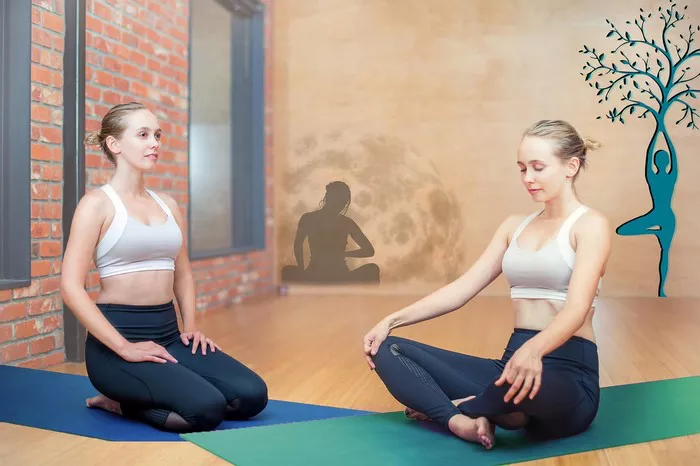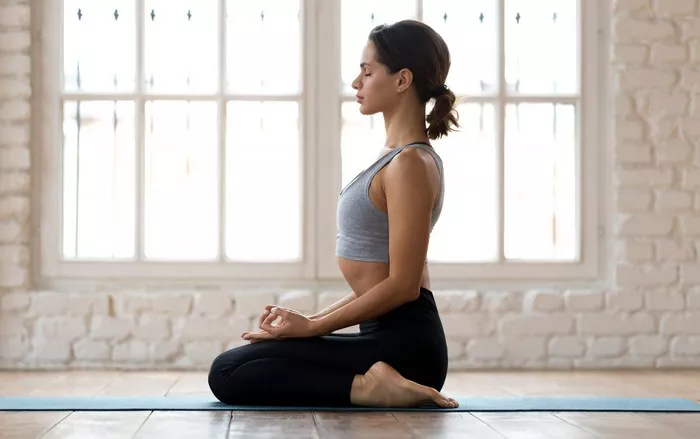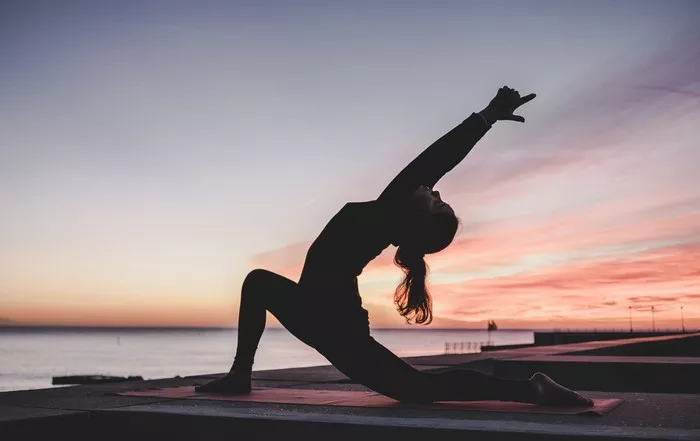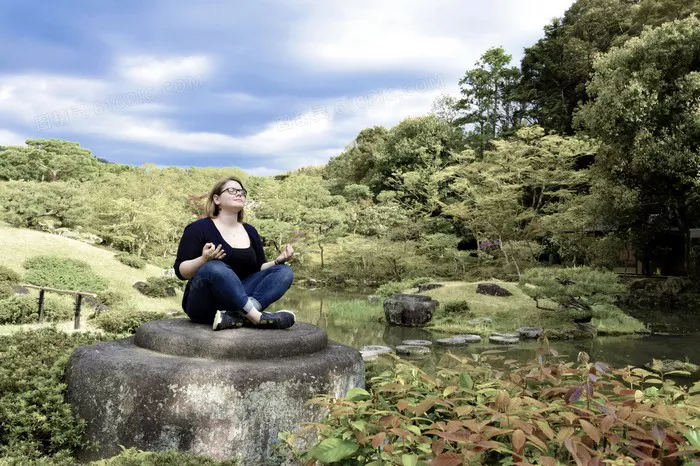Vinyasa yoga is a dynamic and fluid style of yoga that synchronizes breath with movement. Unlike static yoga styles where poses are held for extended periods, Vinyasa focuses on seamless transitions between postures, creating a continuous flow. This style is known for its cardiovascular benefits, flexibility enhancement, and mind-body connection. A typical Vinyasa sequence incorporates a variety of poses that challenge strength, balance, and coordination while promoting mindfulness and relaxation.
Key Components of a Vinyasa Flow
A well-structured Vinyasa practice consists of several essential elements:
Sun Salutations (Surya Namaskar) – The foundation of many Vinyasa flows.
Standing Poses – Strengthen and stabilize the body.
Balancing Poses – Improve focus and core engagement.
Seated Poses – Enhance flexibility and relaxation.
Backbends – Open the chest and increase spinal mobility.
Inversions – Challenge balance and improve circulation.
Restorative Poses – Promote relaxation and integration of the practice.
Now, let’s explore the key poses commonly found in a Vinyasa flow.
1. Sun Salutations (Surya Namaskar)
Sun salutations serve as the warm-up sequence in Vinyasa yoga. They increase blood circulation, generate heat, and prepare the body for deeper postures. A traditional Sun Salutation sequence includes:
Mountain Pose (Tadasana) – A grounding posture that promotes alignment and breath awareness.
Upward Salute (Urdhva Hastasana) – A gentle stretch for the spine and shoulders.
Forward Fold (Uttanasana) – Lengthens the hamstrings and relaxes the lower back.
Halfway Lift (Ardha Uttanasana) – Engages the core and prepares for transitions.
Plank Pose (Phalakasana) – Strengthens the arms, core, and legs.
Chaturanga Dandasana – A low push-up that builds upper body strength.
Upward-Facing Dog (Urdhva Mukha Svanasana) – Opens the chest and stretches the front body.
Downward-Facing Dog (Adho Mukha Svanasana) – Stretches the back, hamstrings, and shoulders while enhancing circulation.
2. Standing Poses
Standing poses develop stability, strength, and endurance. Common standing poses in Vinyasa sequences include:
Warrior I (Virabhadrasana I) – Builds lower body strength and opens the hips.
Warrior II (Virabhadrasana II) – Enhances balance, stability, and focus.
Extended Side Angle (Utthita Parsvakonasana) – Strengthens the legs and stretches the torso.
Triangle Pose (Trikonasana) – Opens the chest, strengthens the legs, and increases flexibility.
Chair Pose (Utkatasana) – Strengthens the thighs, glutes, and core.
Pyramid Pose (Parsvottanasana) – Stretches the hamstrings and improves balance.
3. Balancing Poses
Balancing poses require concentration and core strength. Some of the key balancing postures include:
Tree Pose (Vrksasana) – Enhances balance, stability, and focus.
Eagle Pose (Garudasana) – Strengthens the legs and improves flexibility in the shoulders.
Dancer’s Pose (Natarajasana) – Stretches the chest and shoulders while improving coordination.
Half Moon Pose (Ardha Chandrasana) – Strengthens the legs and core while improving balance.
Crow Pose (Bakasana) – An arm balance that enhances core strength and concentration.
4. Seated Poses
Seated postures focus on flexibility, relaxation, and spinal alignment. These poses often serve as a transition to the cool-down phase of a Vinyasa flow:
Seated Forward Bend (Paschimottanasana) – Stretches the hamstrings and calms the nervous system.
Butterfly Pose (Baddha Konasana) – Opens the hips and stretches the inner thighs.
Half Lord of the Fishes (Ardha Matsyendrasana) – A spinal twist that promotes detoxification.
Pigeon Pose (Eka Pada Rajakapotasana) – Deeply stretches the hips and glutes.
Wide-Legged Forward Fold (Upavistha Konasana) – Increases flexibility in the legs and lower back.
5. Backbends
Backbends help open the chest, strengthen the back muscles, and improve posture. Some of the most common backbends in Vinyasa include:
Cobra Pose (Bhujangasana) – A gentle backbend that increases spinal flexibility.
Camel Pose (Ustrasana) – Opens the heart and stretches the front body.
Bridge Pose (Setu Bandhasana) – Strengthens the glutes and spine while improving flexibility.
Wheel Pose (Urdhva Dhanurasana) – A deep backbend that energizes the body.
Locust Pose (Salabhasana) – Strengthens the back and improves posture.
6. Inversions
Inversions are more advanced poses that challenge balance and circulation. Some commonly practiced inversions in Vinyasa flows include:
Headstand (Sirsasana) – Improves focus, balance, and core strength.
Shoulder Stand (Sarvangasana) – Supports thyroid function and calms the nervous system.
Forearm Stand (Pincha Mayurasana) – Builds upper body strength and improves stability.
Handstand (Adho Mukha Vrksasana) – Enhances full-body control and strength.
7. Restorative and Closing Poses
The final segment of a Vinyasa flow consists of poses that promote relaxation and integration of the practice. These include:
Child’s Pose (Balasana) – A gentle resting posture that calms the mind.
Supine Twist (Supta Matsyendrasana) – Relieves tension in the spine and aids digestion.
Happy Baby Pose (Ananda Balasana) – Releases tension in the hips and lower back.
Corpse Pose (Savasana) – A final relaxation pose to absorb the benefits of the practice.
Conclusion
Vinyasa yoga is a dynamic and diverse practice that offers a wide range of benefits. Whether you’re a beginner or an advanced practitioner, understanding the key poses in Vinyasa can help you build strength, flexibility, and mental clarity. By practicing these poses mindfully and with proper alignment, you can experience the transformative power of Vinyasa yoga and deepen your connection to your breath and body.
Related Topics:






















